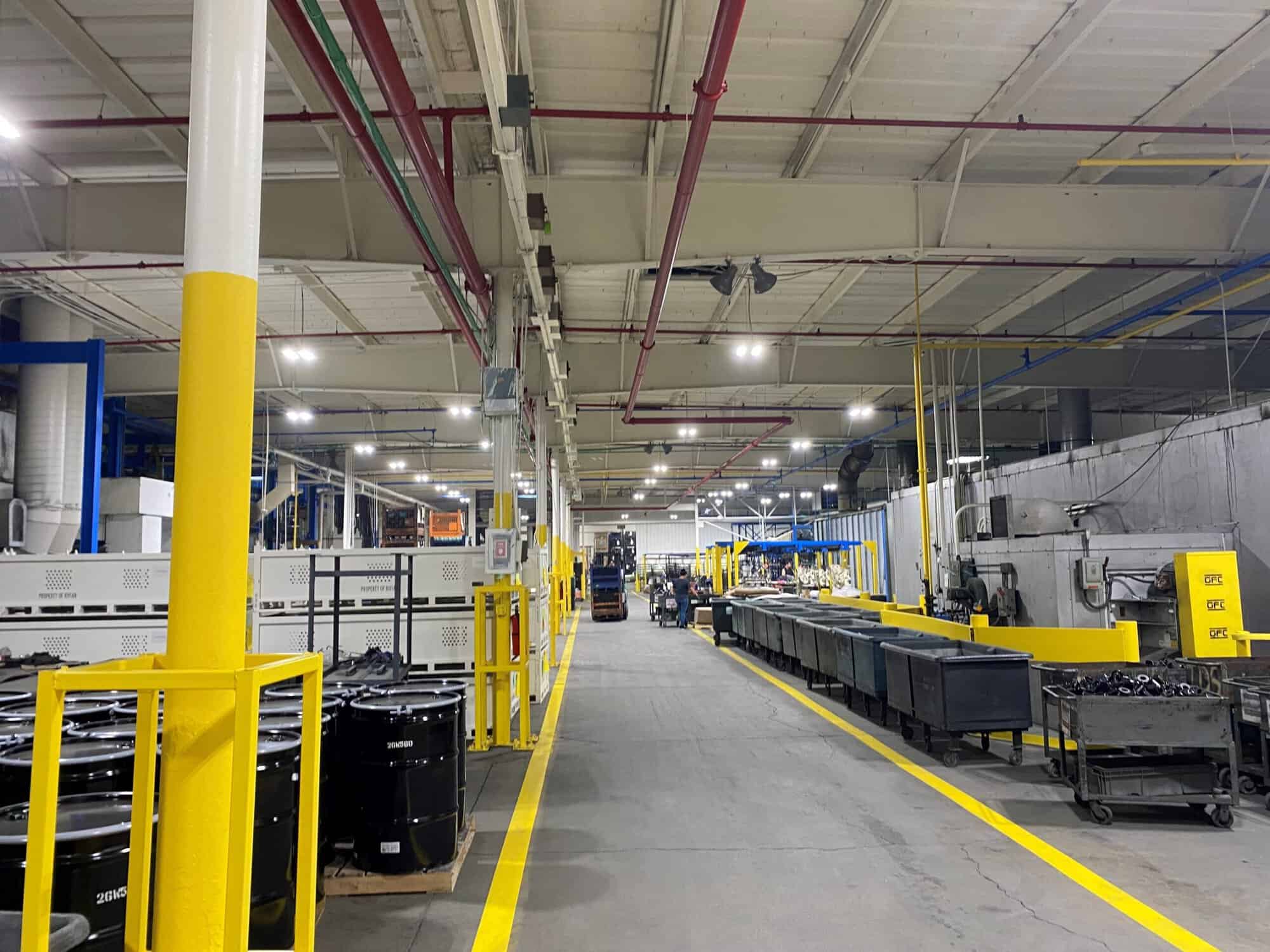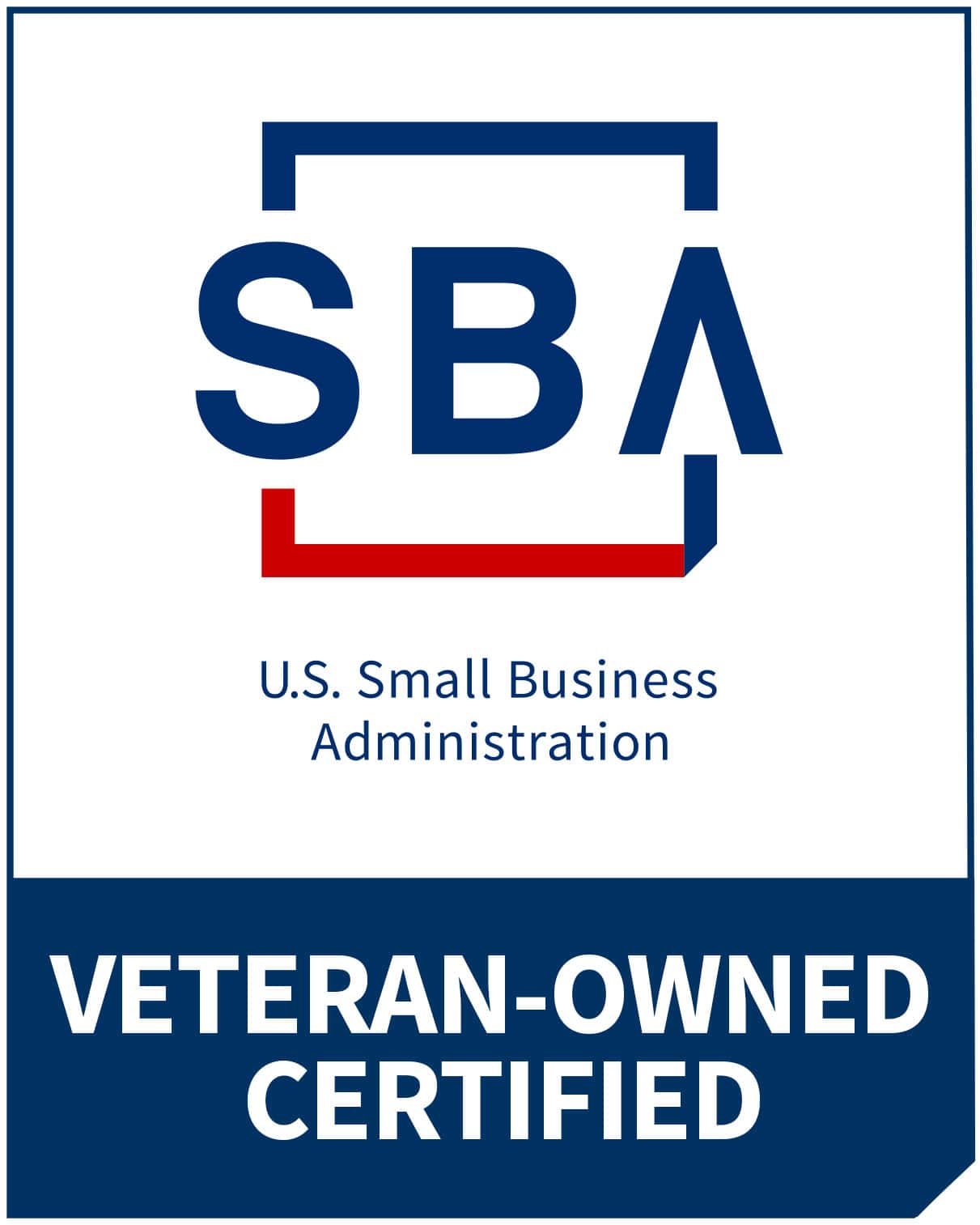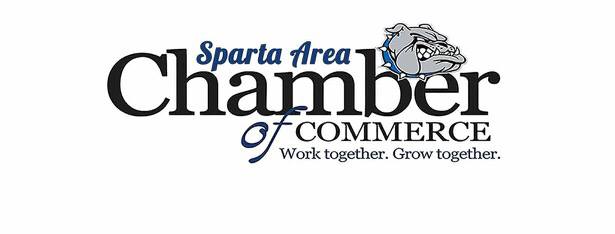Fireproof or intumescent paint is a specialized coating for fire resistance and retardancy. When exposed to high heat or flames, fireproof paint expands to create a protective barrier, insulating the surface for some time. Understanding fireproof paint for the interior or exterior commercial space and proper application techniques can greatly enhance fire safety.
Types of Fire-Resistant Paint
There are four main categories of specialty paints designed to provide varying levels of fire resistance through different mechanisms:
Flame Retardant Paint
Contains specialized chemicals and compounds like phosphorus or halogenated organic compounds that inhibit ignition and combustion when exposed to flames. Instead of catching fire, the paint charrs release gases that dilute oxygen levels to suppress spreading flames. This reduces the overall flammability of coated surfaces.
Intumescent Fire Resistant Paint
Formulated with acids, binders, and dehydrating agents that cause the coating to rapidly expand into a thick, porous char foam when subjected to intense heat and flames. This insulative foam layer protects the underlying surface by slowing heat transfer, delaying the ignition of building material underneath for a period dependent on coating thickness.
General Fire Resistant Paint
Created using high solids binder formulations, often with reinforcements from ceramic compounds or glass flakes. These strengthen the paint film while increasing dehydration in fire scenarios, causing the coating to swell and char instead of fueling flames. Also has higher flash points and auto-ignition temperature compared to standard paints.
Fireproof Paint
The most protective category of intumescent paints contains specialized carbon compounds to upgrade performance. When activated by flames, fireproof variants form the thickest foam layer with the lowest heat conductivity to withstand direct high temperature and fire exposures for longer durations before coating burn-through. All fireproof paint displays strong intumescent expansion properties when exposed to heat.
Professional consultation is key during product selection to align the degree of flame retardancy and intumescent rating with the anticipated fire risk profile, from mild to extreme, to settle on suitable fire-resistant paint options.
Key Applications for Fireproof Paint
Fireproof intumescent paint serves a crucial role in passive fire protection across a wide variety of construction contexts. Common applications include:
Structural Steel Fireproofing
I-beams, interior columns, exterior framework, and other structural steel elements that maintain building integrity require insulation from heat and flame exposure during fires. 1-3 hour I-beam resistance ratings are readily achievable using specialized commercial-grade intumescent paints applied according to exact thickness specifications.
Flame-Retardant Wood Surfaces
Panels, architectural millwork, doors, window frames, and wood trims throughout facilities can be treated with fire-retardant intumescent paints to reduce flammability significantly. When activated, these paints prevent the rapid progression of flames from one room to the next. Encapsulation of wood fibers delays structural failure as well.
Exterior Fire Safety
Facades, exterior insulation finishing systems (EIFS), eaves, wooden overhangs/trim, and window frames gain a fire barrier with exterior-grade UV-resistant intumescent paints. These prevent flames from compromising building envelopes during external fires.
Factors in Choosing Fireproof Paint
Selecting well-matched intumescent paint to suit your unique application relies on several considerations:
Fire Risk Profile Assessment
A comprehensive hazard analysis examining potential ignition sources, flammable materials storage, electrical faults, and other fire risks allows for properly calibrating required resistance periods and ratings. Higher hazard zones need thicker films with longer rating performance. Professional risk profiling optimizes cost for the appropriate level of protection.
Surface Area Measurement
The size of surfaces needing intumescent treatment determines the required paint volumes for full coverage in suitable coating thickness, impacting product purchasing budgets. Precise measurement and layout evaluation ensure no gaps in the protective paint barrier, preventing compromises in passive defense.
Underlying Material and Compatibility
Substrate composition can impact suitable binder formulation and chemistry for proper intumescent paint adhesion without sagging or peeling under duress. Metal surfaces need anti-corrosive primers, while wood applications may require varnish stripping for paint adhesion. Chemistry must also address exterior exposures like UV rays for facade applications.
Additionally, paint cost based on intumescent rating level, ease of access to surfaces needing coverage, potential business disruption from application, and projected maintenance needs all play roles in selecting optimal intumescent paint. Thorough evaluation allows tailoring procurement and application for essential fire protection at reasonable expense.
Seeking Professional Installation
While DIY application of fireproof intumescent paints is tempting due to lower costs, professional consultation and installation are highly advisable. The following expertise proves invaluable. Advanced knowledge of jurisdiction fire codes, rating requirements, and best application procedures to meet inspector checks.
Access to the most advanced intumescent paint products beyond typical retail offerings. Professional formulations offer greater fire resistance. Proper application technique ensures adequate film thickness for foam char expansion according to product specifications during exposure. Poor spreading risks failure.
Maintaining Effectiveness Over Time
Like all paints, maintaining the protective integrity of the intumescent coating is crucial. Reapplication should follow manufacturer specifications, typically every 3-5 years, depending on wear. Inspect routinely for cracks, peeling clear through to the substrate, or scratches that expose the underlying surface. Touch up these spots. When touching up, ensure the overlapping area with existing paint is sanded for proper adhesion of fresh coats.
With knowledgeable selection and professional installation, fireproof intumescent paints provide an invaluable passive fire protection measure for enhanced building safety. Ensure your property meets safety standards while elevating its defense against fire hazards.
Contact us at 616-303-5911 today for a FREE estimate and take the first step towards securing your building with our expert fireproofing solutions!








